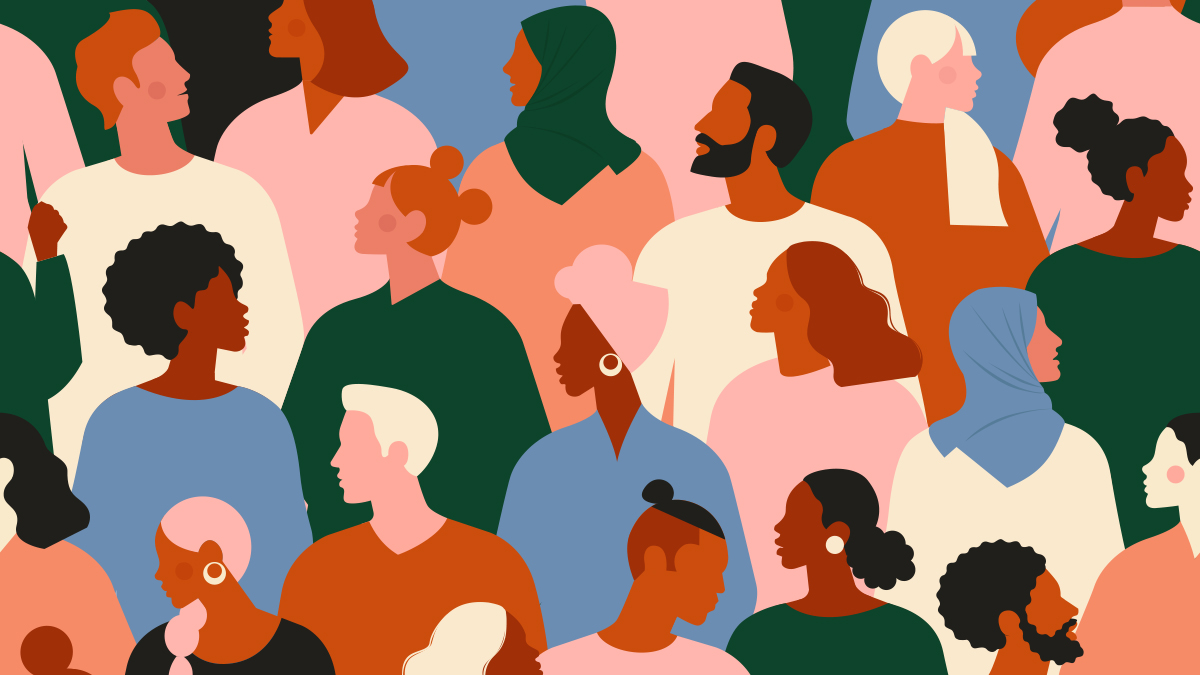At work, racism can be hard to spot. It may come out as subtle snubs or as blunt statements. It might be passive-aggressive or blatant. Whatever form it takes, racism can make you feel like an outsider at work and sap your self-confidence. But there are ways to fight against anti racist language or racism at work and win.
Understand What Racism At Work Looks Like
Racism at work is a system of oppression. It is not about hurt feelings or awkward moments; it’s about power. Racism is about how you are socialized to think about others and ourselves, which perpetuates an unequal status quo. For example, when you hear someone say that they don’t want to hire “those people” (meaning people of color), they reinforce white dominance in society.
This doesn’t mean that you can’t be racist unintentionally. It just means that you should be aware of how your actions may perpetuate racism. But, it would help if you acknowledged that sometimes reactions might come naturally due to how you’ve all been taught to react a certain way toward incidences.
Address When You See it FirstHand
- Speak up when you see it firsthand. If you witness a racist comment or behavior at work, address it directly.
- Don’t be afraid of the person who made the remark or exhibited racist behavior. Avoid yelling or being aggressive—that will only make things worse for everyone involved.
- Be respectful in how you speak to them about their actions and words; no one likes to be told that they are wrong by someone else! Be careful not to cross into personal attacks as well; always focus on what was said or done rather than who said or did it.
- Don’t fear confrontation: You don’t have to go into this discussion with guns blazing—but if blatant disrespect is happening within your workplace, do not hesitate to address those involved respectfully with an emphatic statement.
Interrogate Your Biases And Prejudices
Bias is a preference for something, while prejudice is a belief that it’s true without evidence. You can examine both of these by asking yourself questions about how you feel about things. For example, do you always choose one dish over another because of how it looks? Do you prefer that some people within your company are given more attention than others? These are examples of bias and prejudice, respectively.
“When fostering an anti-racist culture, it’s important to model the environment you hope to create. That includes using non-ableist and anti racist language that enhances the lives of others and moving away from language and phrases that appropriate, exploit or shame people,” suggests professionals at Intuit.
Be Mindful Of Your Behavior In The Workplace
As a white person, you cannot fully understand the experience of being a person of color in America. However, you can get an idea by observing how you treat people who are different from you at work and outside of work.
Suppose your behavior is negative or discriminatory toward people based on race, gender, sexual orientation, or any other personal characteristic that is irrelevant to the job description. In that case, it’s time for some soul searching.
If you know how your own biases may impact how others perceive you or your co-workers, you’re in a better position to fight the issue head-on. By taking these steps, we hope that you will be able to tackle racism in the workplace and make it an inclusive space where everyone feels safe.



